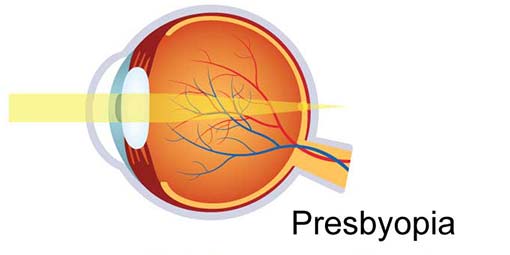Presbyopia
29-07-2016
What is Presbyopia?
Presbyopia is an age-related process, causing individuals to experience blurred near vision when reading or working at the computer, that typically begins to occur around the age 40. Unlike astigmatism, nearsightedness and farsightedness, which are related to the shape of the eyeball and caused by genetic and/or environmental factors, presbyopia generally is believed to result from the gradual thickening and reduced flexibility of the natural eye lens. This reduction in flexibility or elasticity makes it more difficult for the eye to focus on items up close. As an age-related condition, individuals can not avoid presbyopia. Even nearsighted individuals will notice that their near vision blurs when they wear their eye glasses or contact lenses to correct distance vision.Symptoms Of Presbyopia?
Symptoms, or indicators that an individual is suffering from presbyopia include: holding reading materials at arm's length in order to properly focus and/or developing headaches, eye strain or feel fatigued when reading, writing or performing meticulous work like sewing.Treating Presbyopia
Like many other eye conditions, presbyopia can be treated with corrective lenses or surgery. Eyeglasses with bifocal or progressive lenses are the most common correction for presbyopia. Bifocal lenses provide two points of focus, with the main portion of the lens containing a prescription for distance vision and lower portion of the lens devoted to the stronger near prescription required for close work. Progressive lenses are similar to bifocal lenses, but provide a more gradual, and less noticeable, visual transition between the two prescriptions.Contact lens wearers have two options to choose from to correct their presbyopia. They can choose multi-focal contact lenses or they can choose monovision, where one eye wears a distance prescription and the other wears a prescription for near vision. The monovision option works because the brain learns to favour one eye or the other for different tasks. However, some individuals experience reduced visual acuity and some loss of depth perception with this option.
Because the human lens continues to change as one ages, the prescription needed to correct presbyopia will need to be increased over time as well. So, schedule an annual eye exam with an optometrist!
Schedule An AppointmentMultifocal / Progressive Lens Comparison
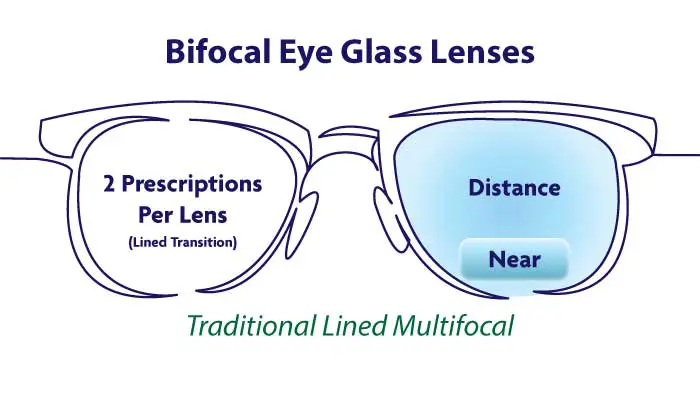
Bifocal Lenses
2 Prescriptions (Lined)
If you require glasses for both distance vision and reading, then traditional bifocal lenses may be an option for you as they are designed to incorporate two different prescriptions, usually distance (e.g., driving) and up-close (e.g., reading) vision. Several types of bifocal lenses are available.
More About Bifocal Lenses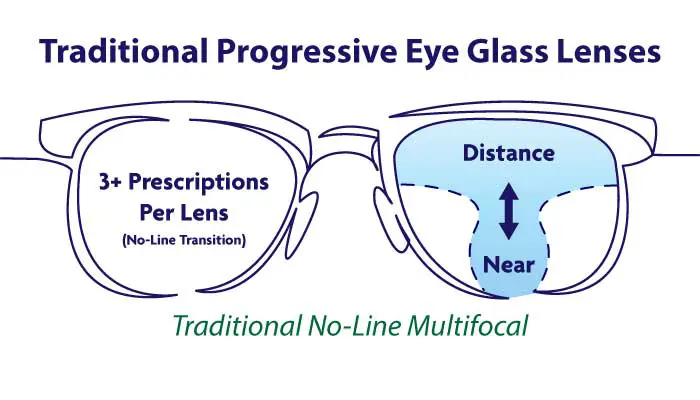
Traditional Progressive Lenses
3+ Prescriptions
Traditional progressive lenses offer multiple focal zones and are the most economical progressive option. However, they are characterized by a narrow corridor, or field of vision, making adapton to them a challenge for many individuals.
More About Progressive Lenses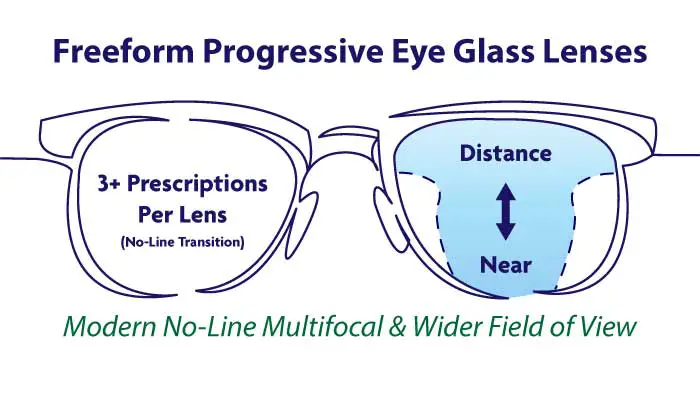
Digital Freeform Progressive Lenses
3+ Prescriptions & Wide Field Of View
Digital freeform progressive lenses offer multiple focal zones and offer wider corridor, or field of vision, compared to traditional progressive lenses. The wider corridor enables greater lateral natural eye movement and makes adapting to progressive lenses easy.
More About Progressive Lenses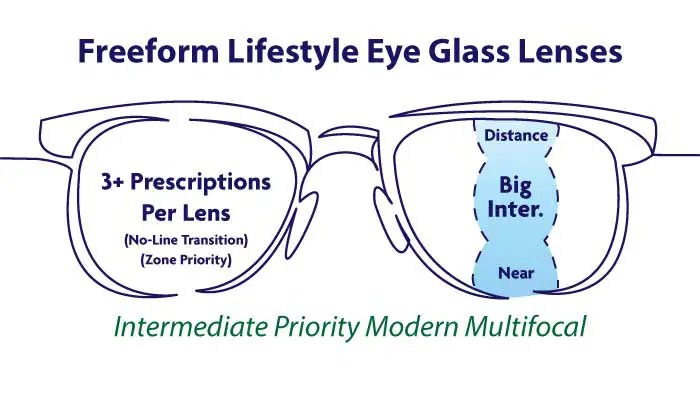
Digital Freeform Lifestyle Lenses
Lifestyle-Tailored Progressive Lenses
Want progressive eye glass lenses with more viewing area devoted to your favourite activites? Digital Freeform Lifestyle Lenses offer the ability to devote more of the lens to distance (e.g., driving), intermediate (e.g., computer), or near (e.g., reading) activites.
More About Lifestyle Lenses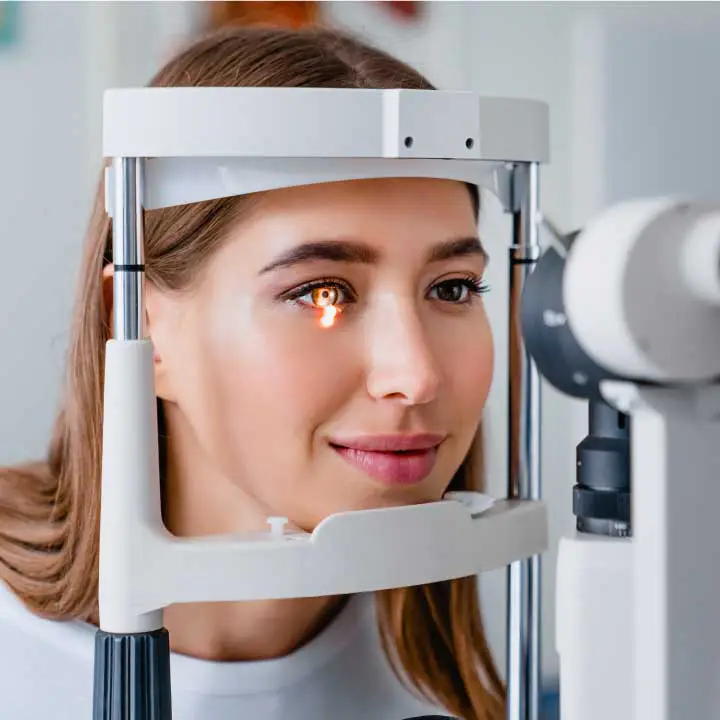
Adult Eye Exams
Our advanced eye exams consist of 25+ modern tests and digital scans to assess eye health, function, and visual acuity.
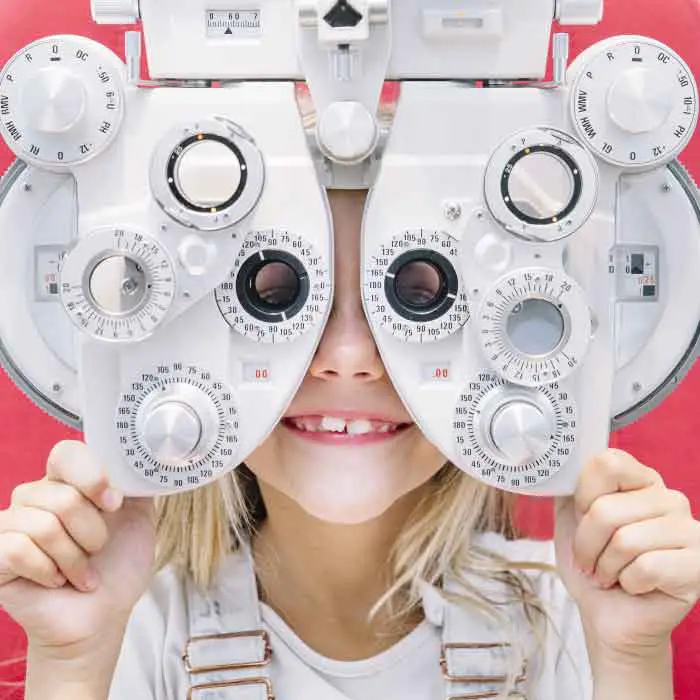
Child Eye Exams
Give your child a clear future with an annual eye exam from our experienced Edmonton optometrists.

Senior Eye Exams
Maintain your vision through your golden years with gold standard eye care from the optometrists at our Edmonton eye clinic.
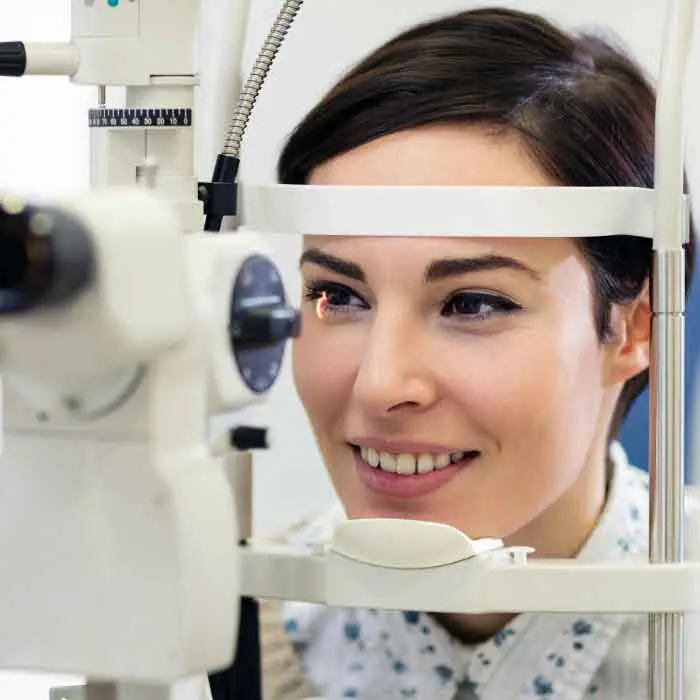
Contact Lens Eye Exams
Our eye exams for contact lens wearers include test and digital scans to assess eye health, function, visual acuity, and lens fit.

Diabetic Eye Exams
Managing diabetes requires regular eye exams to ensure that diabetes is not causing irreversible vision loss.
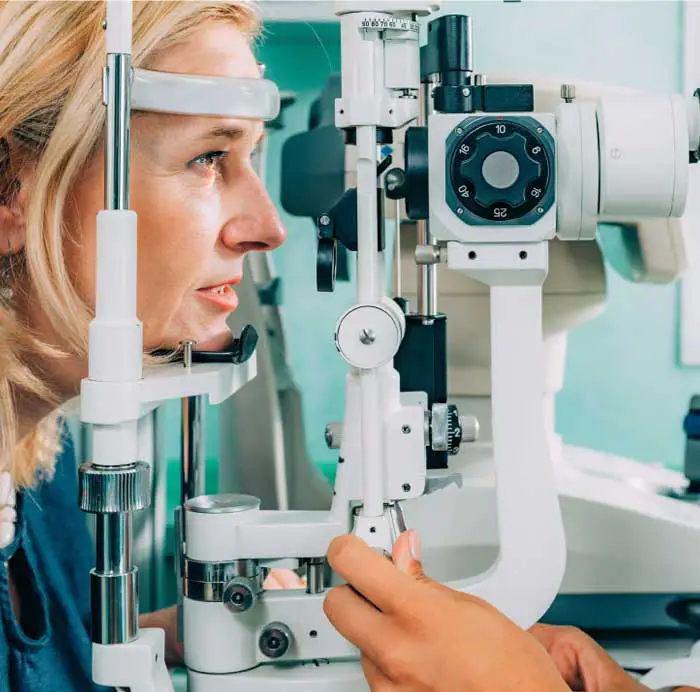
Dilated Eye Exams
Dilating the eyes enables our Edmonton optometrists to see more of the eye so that you many never see less.
Our Edmonton Eye Exams Are Comprised Of 4 Phases Of Evaluation
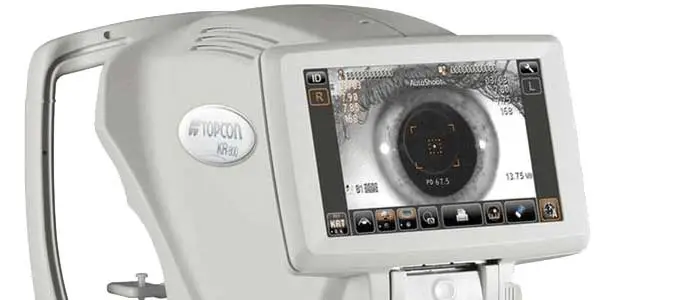
1. Eye Exam Pre-Testing
Corneal Thickness | Intraocular Pressures | Visual Field
Pre-testing is a detailed process that gathers all necessary information for the optometrist in advance of the optometrist-administered eye examination. This process involves completing a detailed patient history, as well as a series of standard tests. Pre-testing is an essential part of the comprehensive eye exam process, providing valuable information and visuals for both the optometrist and the patient.
More About Pre-Testing »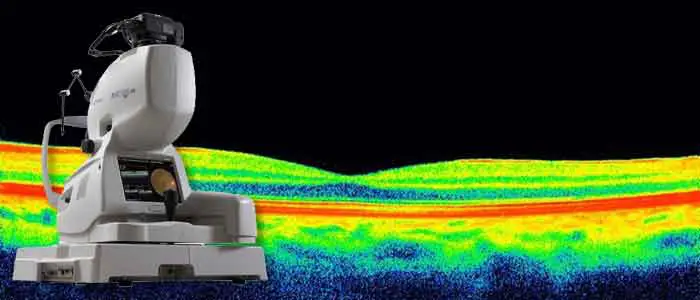
2. Advanced Diagnostic Testing
Retinal Photography, OCT, Topography
eye-deology Vision Care differentiates itself from other clinics by having the most advanced modern diagnostic specialty testing equipment. Specialty equipment, such as a wide-angle high-resolution retinal imager, Optical Coherence Tomography (OCT), Humphrey Visual Field Analyzer and corneal topographer, ensures that patients receive the best comprehensive eye care.
More About Advanced Testing »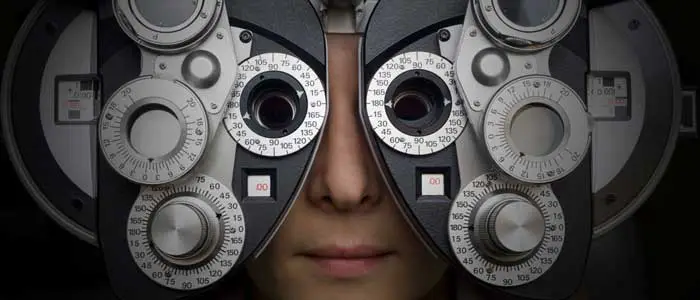
3. Optometrist Examination
Health Assessment & Disease Diagnosis
eye-deology Vision Care Edmonton optometrists perform a multitude of tests and assessments to evaluate ocular health, eye coordination, and visual acuity. In addition, they also evaluate the results of the tests and scans performed during pre-testing. As part of patient education, our optometrists also take the time to show and explain results to patients.
More About Doctor Exam »
4. Eye Glass Consult
Prescription | Lens Selection | Digital Fitting
If you require corrective lenses to improve your vision, our licensed opticians will customize their fit to your unique attributes, needs, lifestyle, and budget. Our opticians are happy to provide you with information about the latest eyeglass frame and lens technologies available so you can make informed decisions and begin seeing and looking your best.
More About Eyewear Consult »